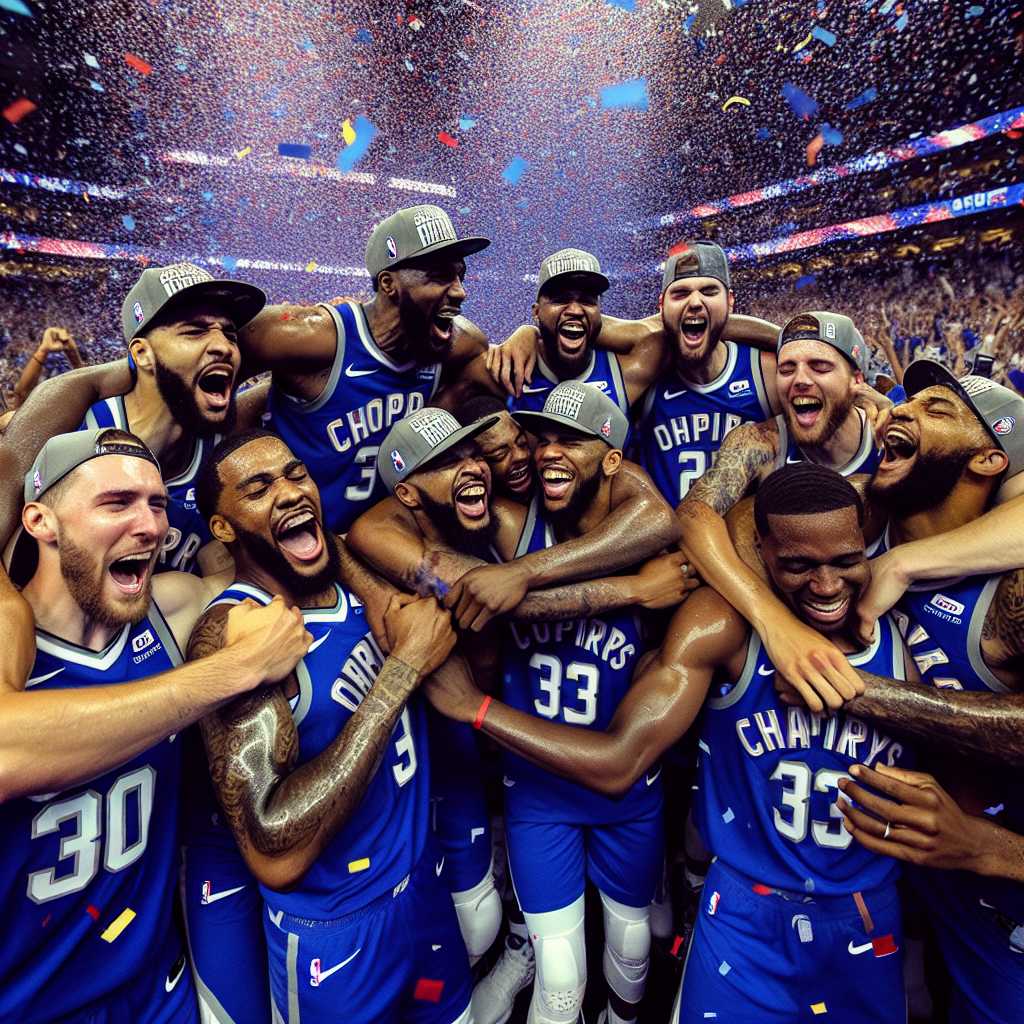The Dallas Mavericks: A Portrait of an Evolving Franchise
The Dallas Mavericks, commonly known as the Mavs, are a professional basketball team based in Dallas, Texas. Competing in the Western Conference of the NBA (National Basketball Association), the franchise has undergone various transformations since its founding in 1980. With a history marked by periods of both significant success and challenges, the Mavs continue to remain in the public eye as they shape their identity in the modern era of basketball.
The Founding and Early Years of the Mavericks
The Dallas Mavericks were established as an expansion team and played their first season in 1980-81. The team’s name, chosen by public vote, reflects the independent and adventurous spirit of Texas. As with many expansion teams, the Mavericks’ early years were marked by struggles on the court. However, led by charismatic business owner Donald Carter and head coach Dick Motta, the team began to lay down the foundation for future success.
Rising to Prominence in the 1980s
Throughout the 1980s, the Mavericks’ fortunes started changing. With notable players like Rolando Blackman, Derek Harper, and Detlef Schrempf joining the squad and Mark Aguirre being an influential scorer, they began climbing the standings. The Maverick’s significant breakthrough came in the mid-80s when they made several appearances in the NBA Playoffs and even reached the Western Conference Finals in 1988.
Challenges of the 1990s and Early 2000s
Unfortunately for the Mavericks, success was followed by nearly a decade of tribulations during which they regularly ended seasons with poor records. The franchise made several high-profile draft mistakes although players drafted, such as Jason Kidd (who arrived later on) would eventually become integral to the team’s successes. However, things began to turn around after billionaire Mark Cuban purchased the franchise in 2000 and infused it with his dynamic approach to business and sports management.
Championship Aspirations and Victory
By consistently adding talent like Dirk Nowitzki—an eventual NBA Most Valuable Player (MVP)—and Steve Nash, among others, the Mavericks rebuilt into a powerhouse throughout the early 2000s. In 2006 they made a memorable run all the way to the NBA Finals though they lost to the Miami Heat. Subsequently, reaffirming their resilience, they claimed their first championship title five years later in 2011 by defeating the Heat in a rematch regarded as one of the most dramatic finals series in recent history.
New Generation Mavs: The Dončić Era
In recent years, a new era dawned for Dallas with the arrival of a young Slovenian prodigy named Luka Dončić who has quickly developed into an NBA superstar. Dončić has consistently showcased his remarkable skillset leading the team into competitive contention among Western Conference rivals. With a cast including Kristaps Porziņģis (traded in early 2021), Tim Hardaway Jr., and other key role players, paired with veteran leadership and coaching innovation, fans remain optimistic about their prospects going forward.
An Evolving Legacy and Community Impact
The Mavericks are more than players on a court; they contribute significantly to local community projects across Dallas. Their philanthropic efforts are focused on youth education and physical health initiatives showcasing their commitment beyond basketball.
Notes
Image Description: A portrait shot capturing an emotional moment for Mavericks players wearing their distinctive royal blue jerseys with silver and navy accents, embraced in celebration during a pivotal game as brightly colored confetti falls around them inside American Airlines Center filled with cheering fans sporting Mavericks memorabilia.
q74Sy

